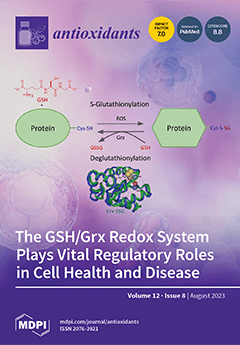Fisetin has been shown to be beneficial for brain injury and age-related brain disease via different mechanisms. The purpose of this study was to determine the presence of senescent cells and the effects of fisetin on cellular senescence in the brain and other vital organs in old sheep, a more translational model. Female sheep 6–7 years old (N = 6) were treated with 100 mg/kg fisetin or vehicle alone on two consecutive days a week for 8 weeks. All vital organs were harvested at the time of sacrifice. Histology, immunofluorescence staining, and RT-Q-PCR were performed on different regions of brain tissues and other organs. Our results indicated that fisetin treatment at the current regimen did not affect the general morphology of the brain. The presence of senescent cells in both the cerebral brain cortex and cerebellum and non-Cornu Ammonis (CA) area of the hippocampus was detected by senescent-associated β-galactosidase (SA-β-Gal) staining and GL13 (lipofuscin) staining. The senescent cells detected were mainly neurons in both gray and white matter of either the cerebral brain cortex, cerebellum, or non-CA area of the hippocampus. Very few senescent cells were detected in the neurons of the CA1-4 area of the hippocampus, as revealed by GL13 staining and GLB1 colocalization with NEUN. Fisetin treatment significantly decreased the number of SA-β-Gal
+ cells in brain cortex white matter and GL13
+ cells in the non-CA area of the hippocampus, and showed a decreasing trend of SA-β-Gal
+ cells in the gray matter of both the cerebral brain cortex and cerebellum. Furthermore, fisetin treatment significantly decreased P16
+ and GLB1
+ cells in neuronal nuclear protein (NEUN)
+ neurons, glial fibrillary acidic protein (GFAP)
+ astrocytes, and ionized calcium binding adaptor molecule 1 (IBA1)
+ microglia cells in both gray and white matter of cerebral brain cortex. Fisetin treatment significantly decreased GLB1
+ cells in microglia cells, astrocytes, and NEUN
+ neurons in the non-CA area of the hippocampus. Fisetin treatment significantly decreased plasma S100B. At the mRNA level, fisetin significantly downregulated GLB1 in the liver, showed a decreasing trend in GLB1 in the lung, heart, and spleen tissues, and significantly decreased P21 expression in the liver and lung. Fisetin treatment significantly decreased TREM2 in the lung tissues and showed a trend of downregulation in the liver, spleen, and heart. A significant decrease in NRLP3 in the liver was observed after fisetin treatment. Finally, fisetin treatment significantly downregulated SOD1 in the liver and spleen while upregulating CAT in the spleen. In conclusion, we found that senescent cells were widely present in the cerebral brain cortex and cerebellum and non-CA area of the hippocampus of old sheep. Fisetin treatment significantly decreased senescent neurons, astrocytes, and microglia in both gray and white matter of the cerebral brain cortex and non-CA area of the hippocampus. In addition, fisetin treatment decreased senescent gene expressions and inflammasomes in other organs, such as the lung and the liver. Fisetin treatment represents a promising therapeutic strategy for age-related diseases.
Full article
 to open them.
to open them.





